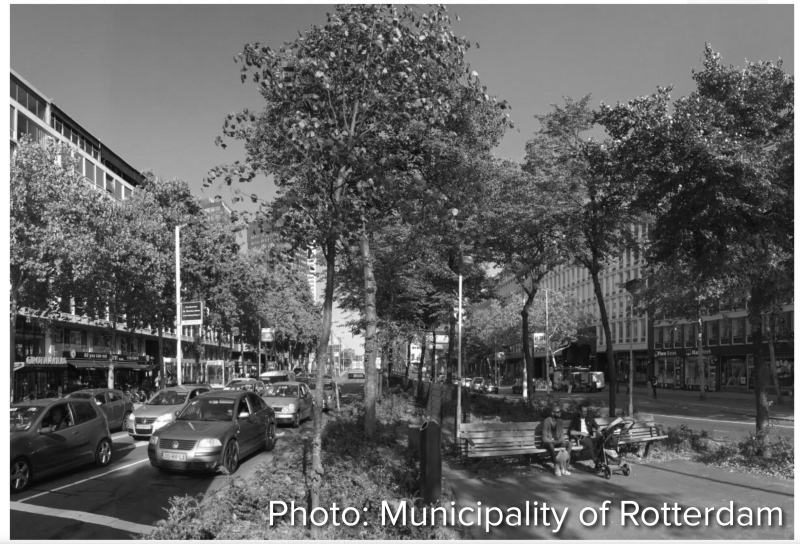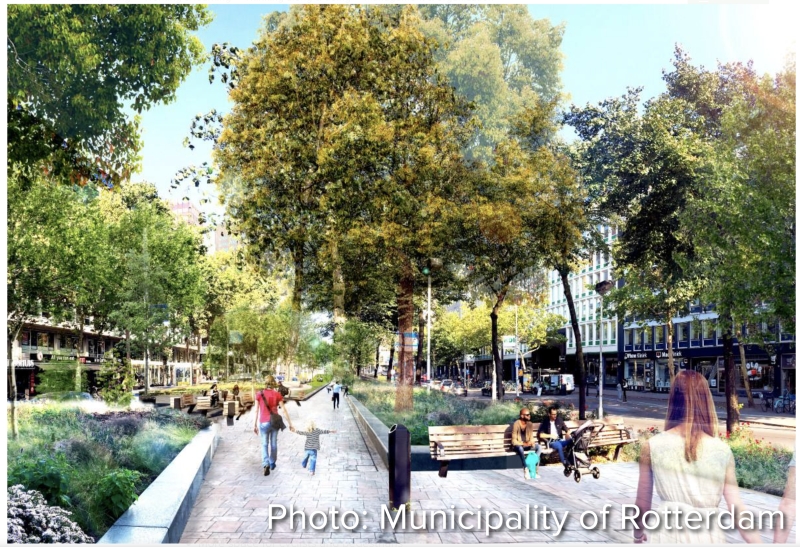Fig.
1-2 - Cycle routes in Porta Venezia e Corso Buenos Aires, Strade Aperte, Milan 2020 (source: Municipality of Milan).
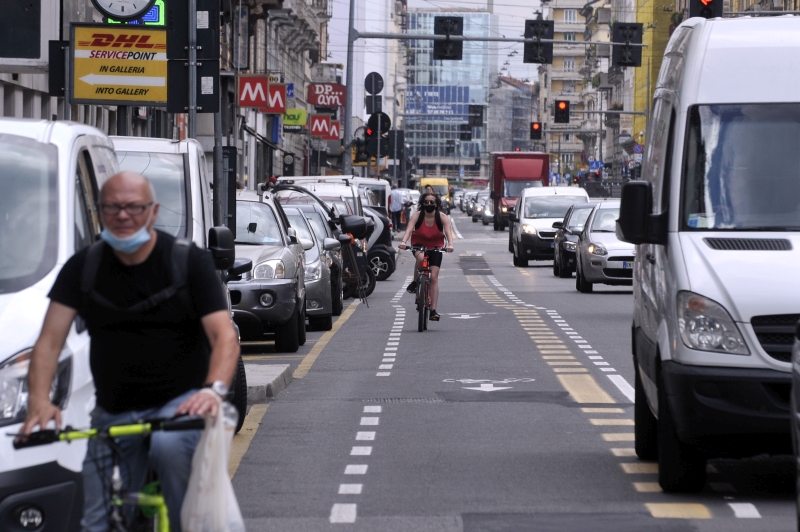
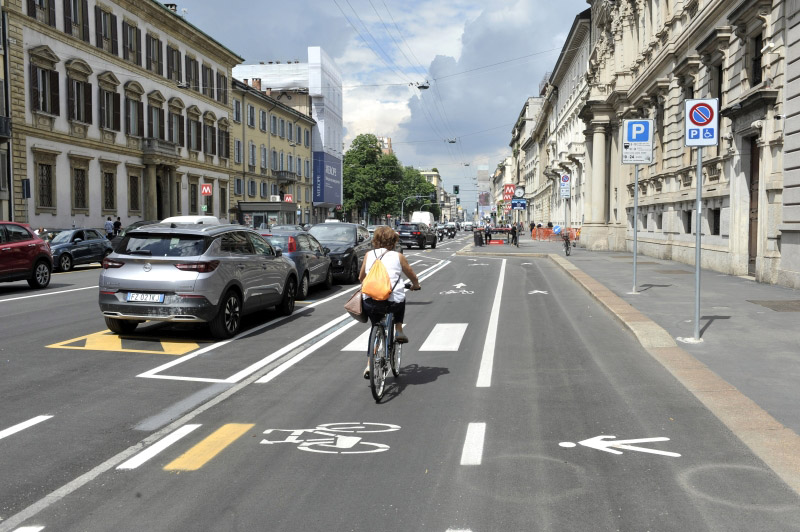
Fig.
3-4 - New arrangement of Porta Genova, Piazze Aperte, Milan 2020 (source: Municipality of Milan).
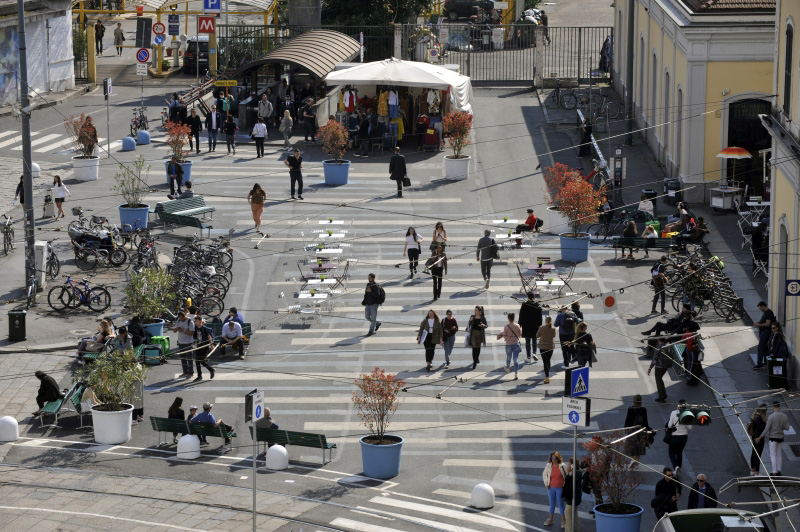
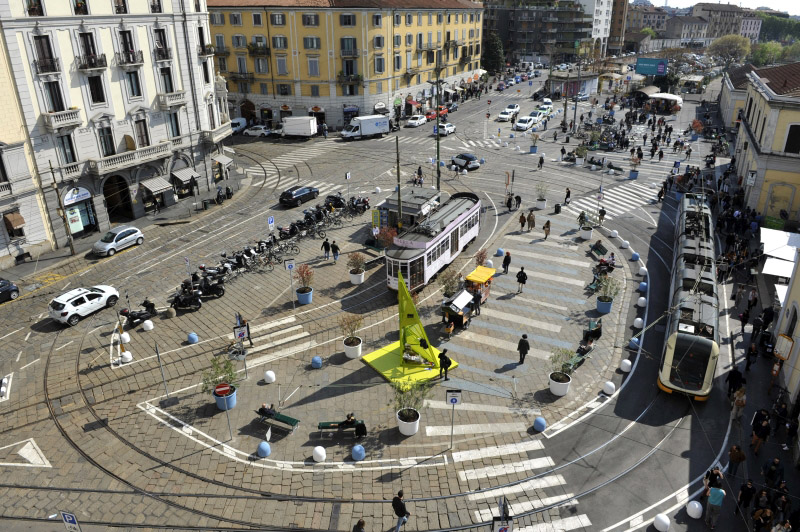
Fig.
5-6 - Belloveso, Piazze Aperte, Milan 2020 (source: Municipality of Milan).
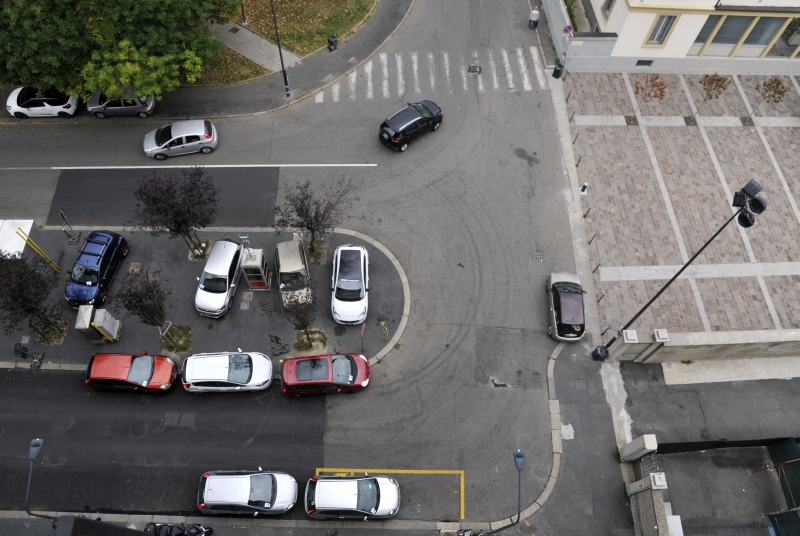
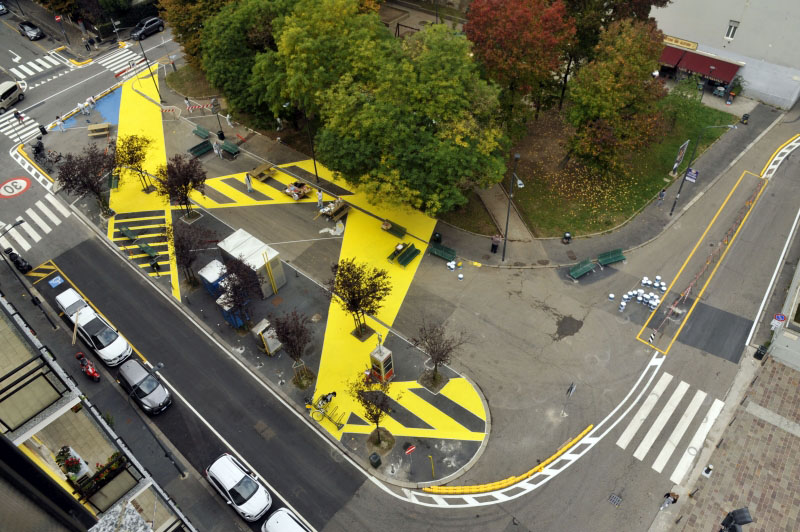
Fig.
7-8 Tactic urbanism project, Dergano, Piazze Aperte, Milan 2020 (source: Municipality of Milan).
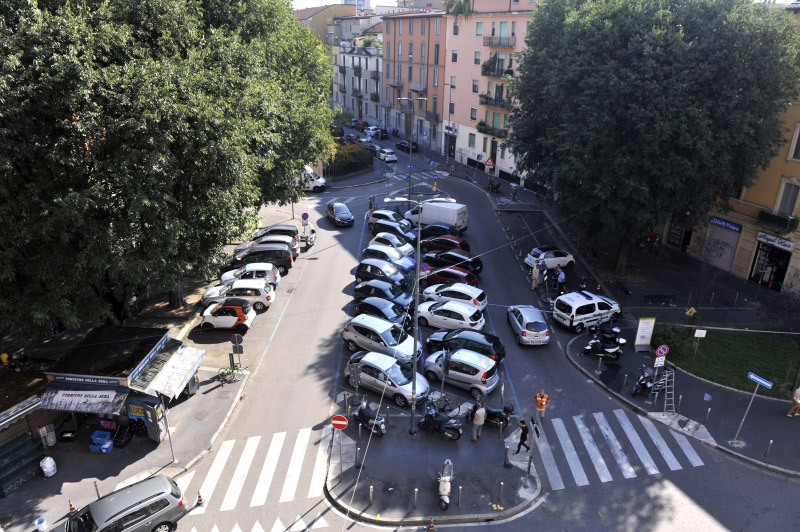
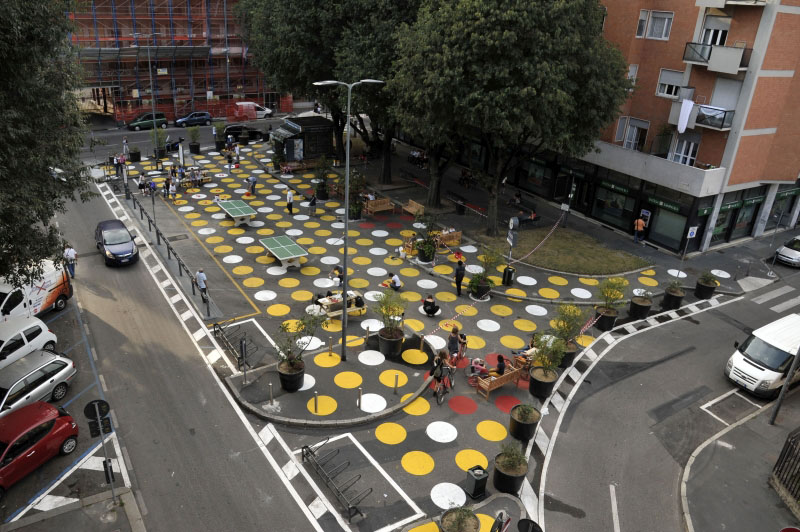
Fig.
9-10 - Tactic urbanism project, Angiliberto II, Piazze Aperte, Milan 2020 (source: Municipality of Milan).
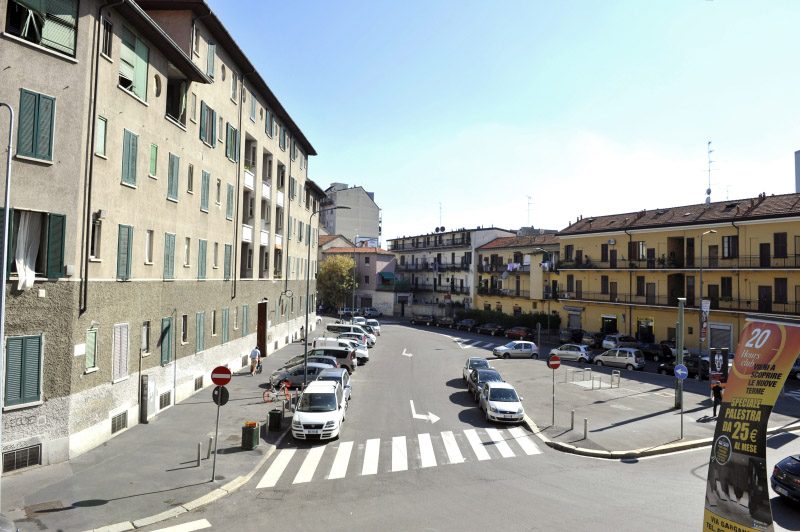
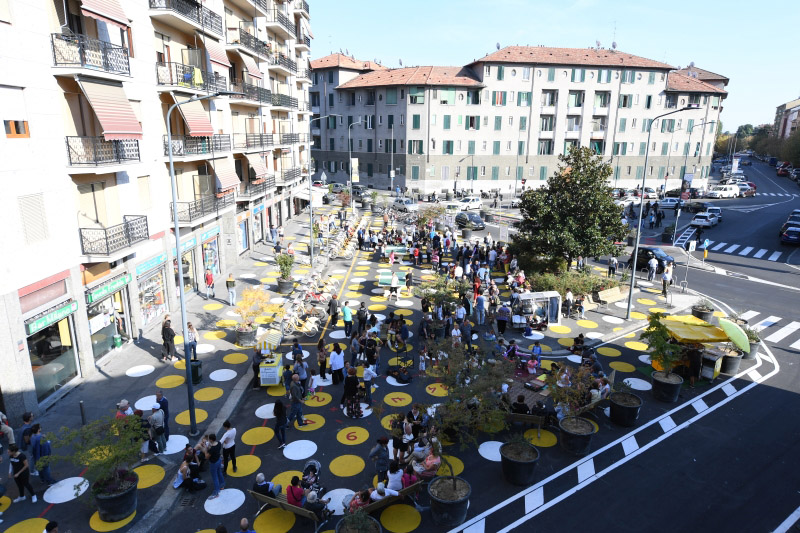
Fig.
11-12 - Spatial reconfiguration in Venini-Spoleto streets, Piazze Aperte, Milan 2020 (source: Municipality of Milan).
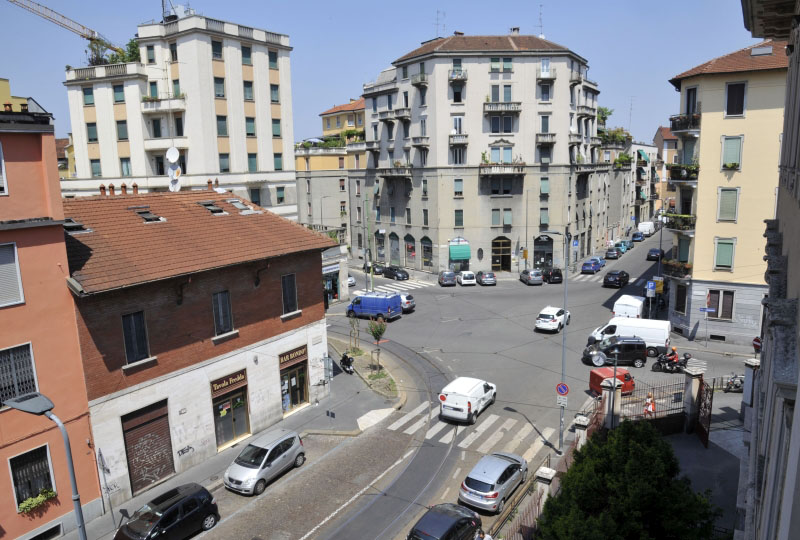
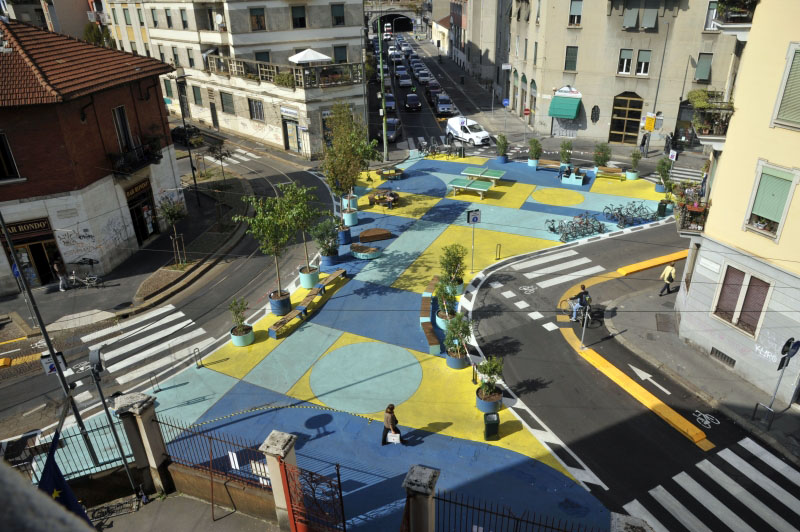
Fig.
13 - Re-arrangement of (outdoor) dining areas in Nieuwe Binnenweg, Rotterdam 2020 (Ph. Credits Yagiz Soylev).
Fig. 14 - Re-arrangement of the lecture room at the Kunsthal (interiors), Rotterdam, (Ph. Credits Yagiz Soylev).
Fig. 14 - Re-arrangement of the lecture room at the Kunsthal (interiors), Rotterdam, (Ph. Credits Yagiz Soylev).
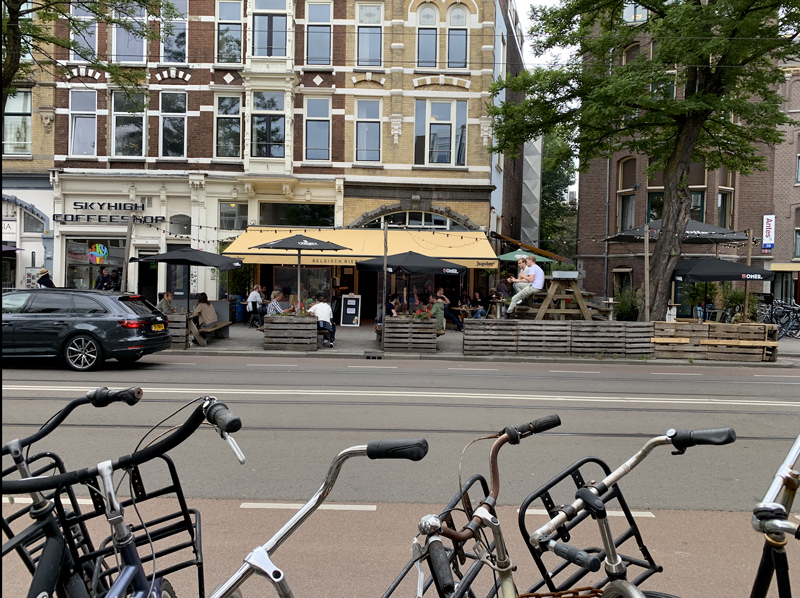
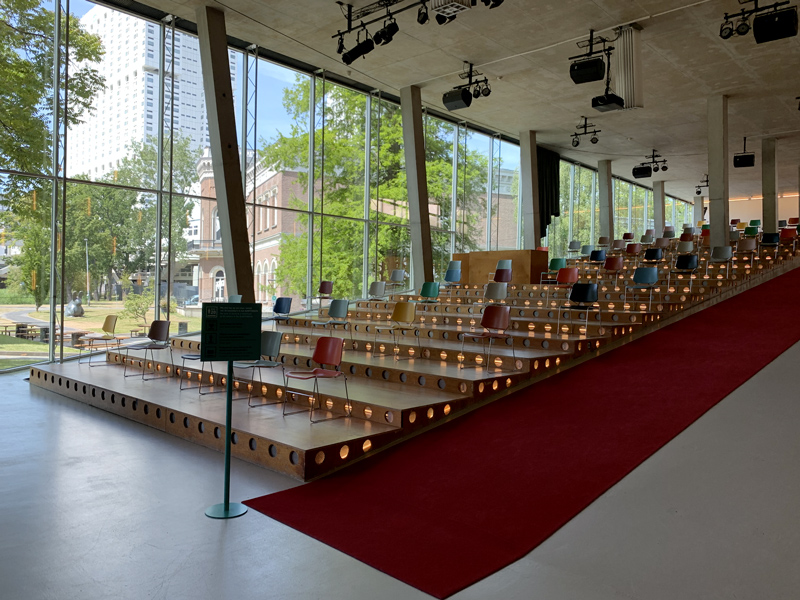
Fig.
15-16 - Blaakpartk at Westblaak now and in the future, Rotterdam (source: Municipality of Rotterdam).
